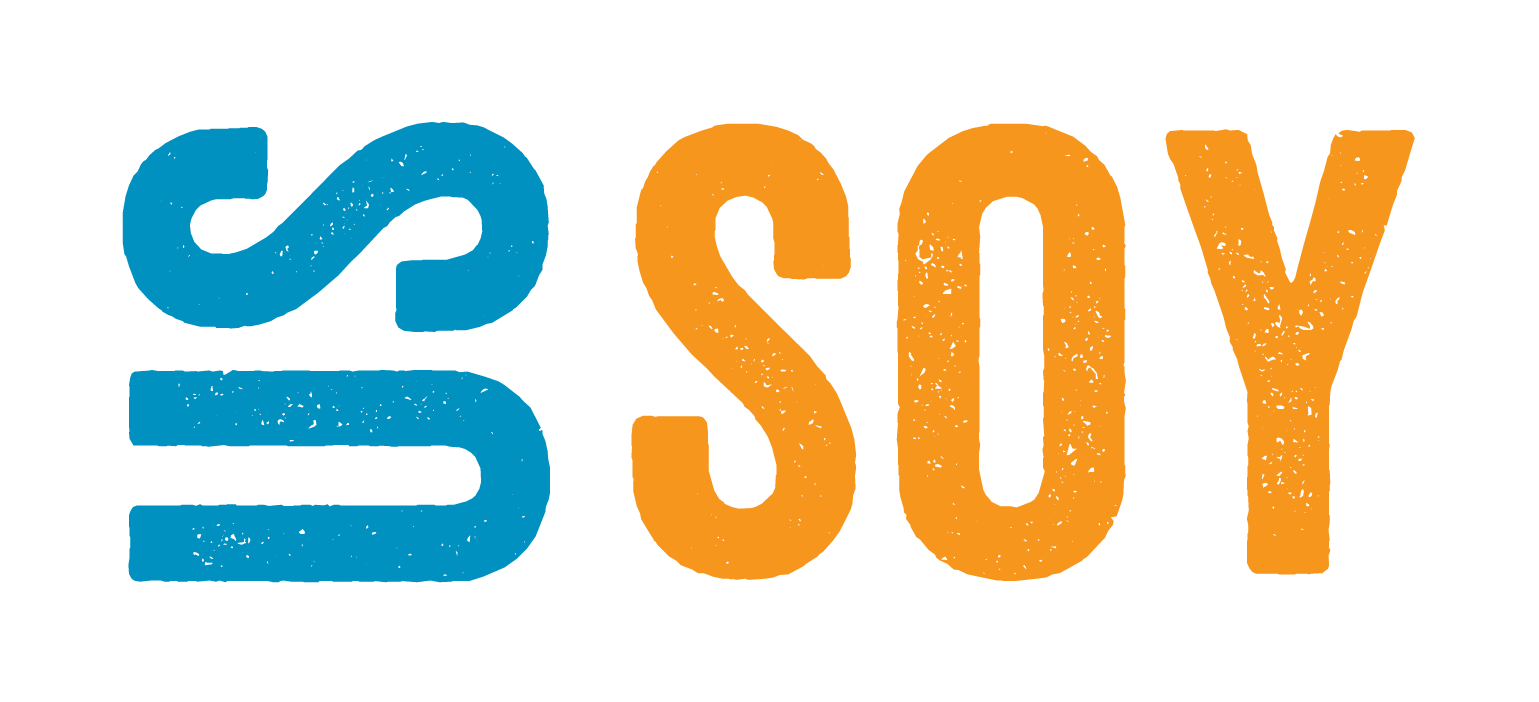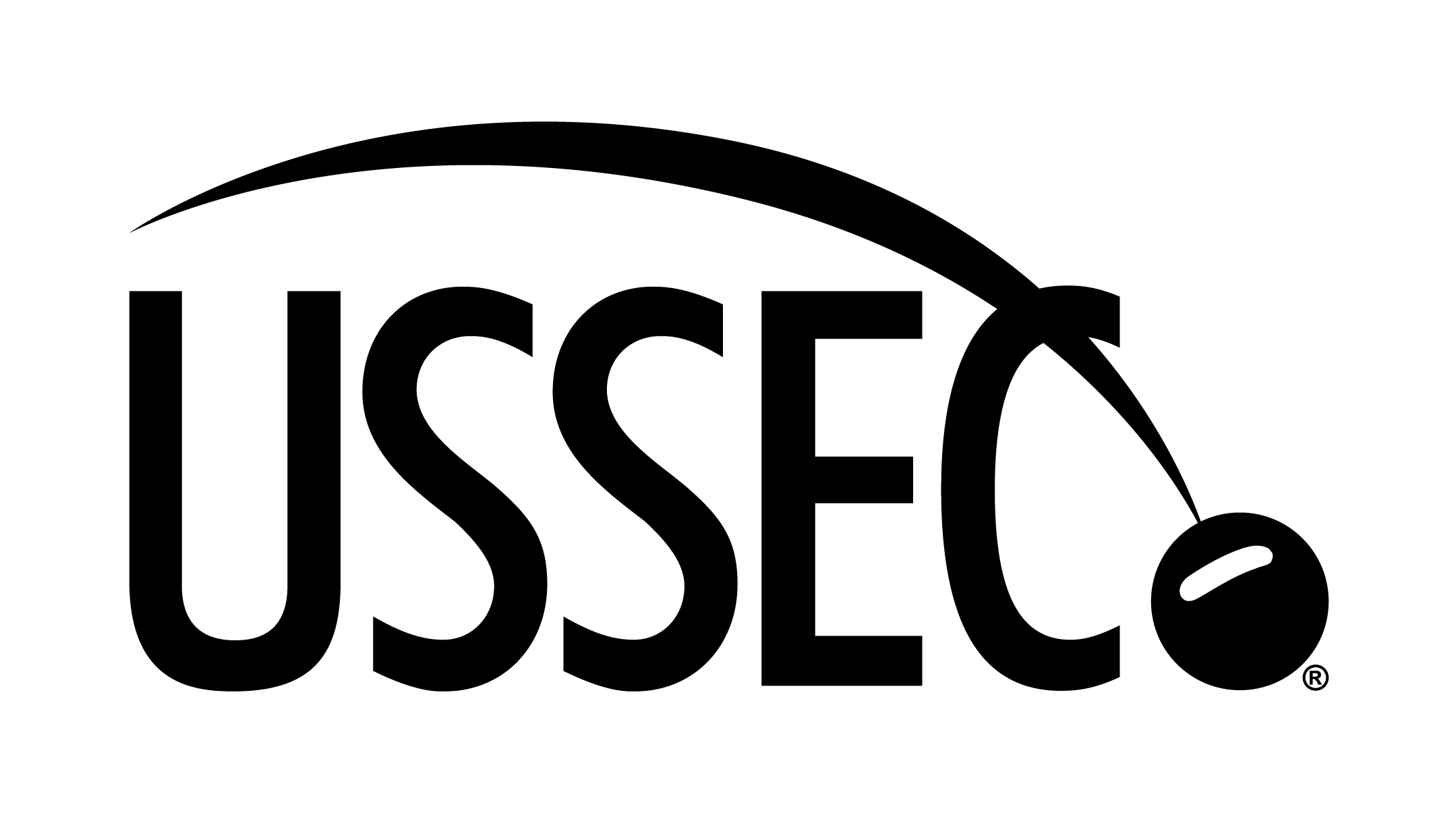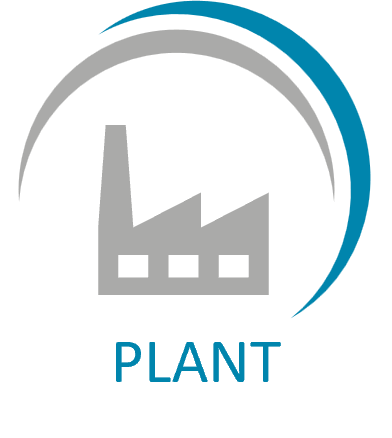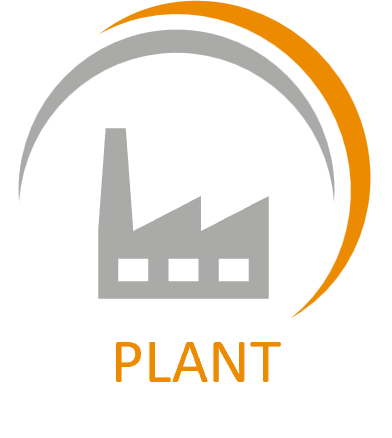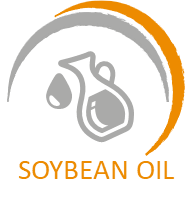| U.S. | Brazil | Benefit | % | ||||||||||||||||||||||||||||||||||||||||||||||||||
| Meal & Oil Value, Quality-Adjusted | |||||||||||||||||||||||||||||||||||||||||||||||||||||
|
|||||||||||||||||||||||||||||||||||||||||||||||||||||
| Whole Soybean Price | |||||||||||||||||||||||||||||||||||||||||||||||||||||
| Crushing/Refining | |||||||||||||||||||||||||||||||||||||||||||||||||||||
|
|||||||||||||||||||||||||||||||||||||||||||||||||||||
| Plant Efficiency Losses | |||||||||||||||||||||||||||||||||||||||||||||||||||||
|
|||||||||||||||||||||||||||||||||||||||||||||||||||||
| Total Costs, $/MT | |||||||||||||||||||||||||||||||||||||||||||||||||||||
| Quality Spread, $/MT | |||||||||||||||||||||||||||||||||||||||||||||||||||||
| Plant Capacity & Pricing Assumptions | ||
| Daily Crush Capacity, MT | ||
| Operating Days per Year | ||
| Product Prices, $/MT | U.S. | Brazil |
| Whole Soybean Price, $/MT | ||
| Hull & Screenings Price, $/MT | ||
| Plant Efficiency | U.S. | Brazil |
| Crushing Efficiency, % | ||
| Oil Refining Efficiency, % | ||
| Whole Soybean Characteristics | U.S. | Brazil |
|
Oil Content, %(13% Moisture)
Histogram and Norm Distribution
x
Histogram
Box & Whisker
Scatter Plot
|
||
|
Moisture, % (as-is)
Histogram and Norm Distribution
x
Histogram
Box & Whisker
Scatter Plot
|
||
|
Foreign Material, % (FM)
Histogram and Norm Distribution
x
Histogram
Box & Whisker
Scatter Plot
|
||
|
Protein Content, % (13% Moisture)
Histogram and Norm Distribution
x
Histogram
Box & Whisker
Scatter Plot
|
||
| Hull Removal Rate, % | ||
| Shrink, % (BOL to plant) | ||

Processing Yields
U.S.
Brazil
|
||
| Soybean Meal Assumptions | U.S. | Brazil |
| Soybean Meal Price, $/MT | ||
|
Soybean Meal Premium, $/MT i
x
Soybean meal nutritional composition differs by origin when considering amino acid digestibility and energy. This nutritional composition difference can be quantified into a financial value using a feed formulation process. The value is estimated based on observed soybean meal nutritional composition (amino acids and energy) and ingredient prices. The Soybean meal premium ($/MT) is expressed as a function of diet cost savings resulting from differences in nutrient composition. The more competitive nutrient composition means that less soybean meal, supplemental amino acids, and fats are required in the diet to achieve the same level of final nutrient balance.
Nutritionists are also concerned that total damage
Total Damage %
Histogram and Norm Distribution
x
Histogram
Box & Whisker
Scatter Plot
Heat Damage %
Histogram and Norm Distribution
x
Histogram
Box & Whisker
Scatter Plot
|
||
| Hull Removal Rate, % | ||
| Moisture of Soybean Meal, % | ||
| Oil Extraction Rate, % | ||
| Moisture of Prepared Soybeans, % | ||

Final Soybean Meal Composition
U.S.
Brazil
|
||
| Soybean Oil Refining Assumptions | U.S. | Brazil |
| Soybean Oil (RBD), $/MT | ||
| Degumming Yield Loss, % | ||
|
Refining Oil Loss, % i
x
Refining oil loss is the quantity of oil lost during refining due to quality, inefficiencies in refining or incremental losses that occur as a function of the refining process. The default value in the calculator is estimated based on calculations from the Soybean Oil Value Calculator.
Neutral Oil Loss (NOL)
Neutral Oil Loss (NOL)
Histogram and Norm Distribution
x
Histogram
Box & Whisker
Scatter Plot
|
||
|
Cost of Refining Oil, $/MT i
x
The cost of refining oil includes costs associated with the different stages of refining crude degummed soybean oil. These stages include refining (neutralization), bleaching and deodorization. The default value in the calculator for cost of refining oil is estimated based on calculations from the Soybean Oil Value Calculator.
The refining stage (neutralization) removes Free Fatty Acids (FFA)
The bleaching stage removes pigments (e.g., carotenoids, chlorophyll) and other oxidative
products by filtering neutralized oil through a bleaching clay. Removal of pigments
ensures successful quality assessment using a Lovibond test. While Crude Degummed Soybean Oil (CDSBO) can have red color
Free Fatty Acids (FFA)
Histogram and Norm Distribution
x
Histogram
Box & Whisker
Scatter Plot
Crude Degummed SBO Color Red
Histogram and Norm Distribution
x
Histogram
Box & Whisker
Scatter Plot
|
||










